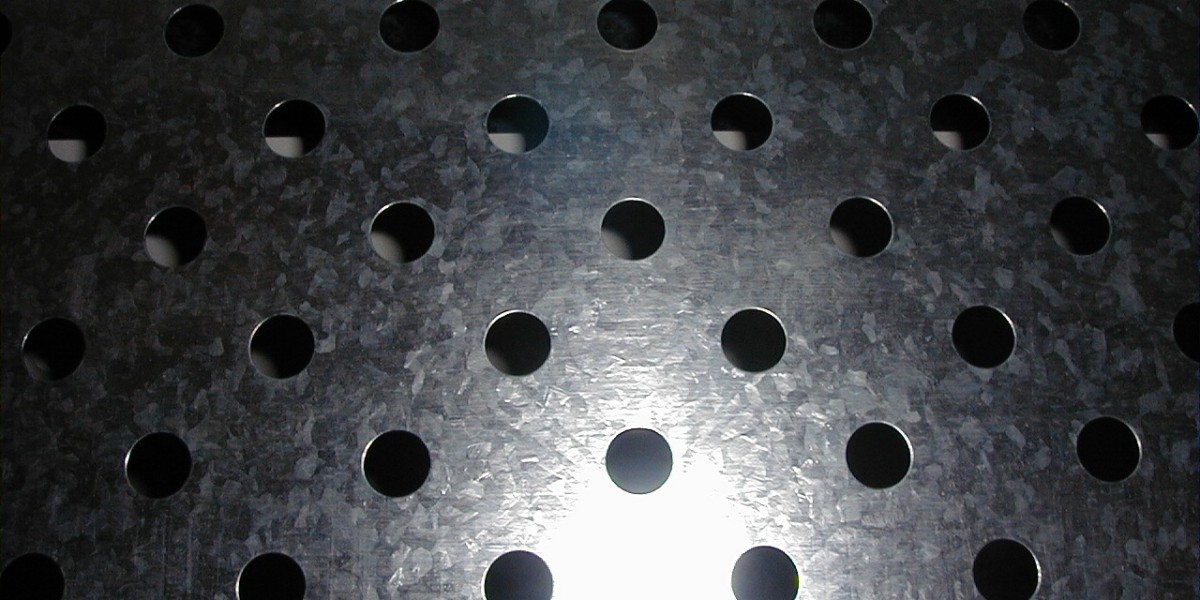Peptide Therapy for Gut Healing: The Role of BPC-157 and KPV in Repairing the Intestinal Lining
BPC-157 has been shown to enhance the migration of epithelial cells across damaged mucosal surfaces, thereby accelerating wound closure. In animal models of chemically induced colitis, daily administration of BPC-157 resulted in reduced inflammatory cytokine levels, decreased ulceration, and improved histological scores compared with untreated controls. The peptide’s mechanism involves modulation of vascular endothelial growth factor viewcinema.ru (VEGF) pathways, which increases local blood flow and supplies nutrients essential for tissue repair.
KPV, on the other hand, functions primarily through its interaction with the M3 muscarinic acetylcholine receptor and subsequent activation of downstream signaling cascades that reduce oxidative stress. In studies involving intestinal ischemia–reperfusion injury, KPV administration led to a significant reduction in neutrophil infiltration and apoptosis within the mucosa. The peptide also upregulates tight junction proteins such as occludin and claudin-1, thereby restoring barrier function and preventing translocation of bacteria and toxins into systemic circulation.
When used together, BPC-157 and KPV may provide synergistic effects. Preliminary data suggest that combined therapy can shorten healing times in ulcerative colitis models more than either peptide alone. The dual action on both vascular remodeling (via BPC-157) and epithelial barrier reinforcement (via KPV) creates a comprehensive approach to gut restoration.
Related Services
For individuals seeking clinical support, several specialized services are available:
- Gut Health Assessment – Comprehensive evaluation including stool microbiome profiling, intestinal permeability testing, and dietary analysis to identify underlying triggers of mucosal damage.
- Peptide Therapy Protocols – Customized dosing regimens for BPC-157 and KPV based on the severity of gut pathology, often delivered subcutaneously or via oral formulations that protect peptides from gastric degradation.
- Nutritional Support Plans – Tailored nutrition programs featuring easily digestible proteins, prebiotic fibers, and anti-inflammatory omega-3 fatty acids to complement peptide therapy.
- Physical Therapy & Mobility Programs – Gentle exercises aimed at improving abdominal circulation and reducing visceral stress, which can aid in maintaining a healthy gut environment.
- Follow-Up Monitoring – Regular check-ins with biomarker analysis (e.g., C-reactive protein, fecal calprotectin) to track inflammation resolution and adjust peptide dosages accordingly.



